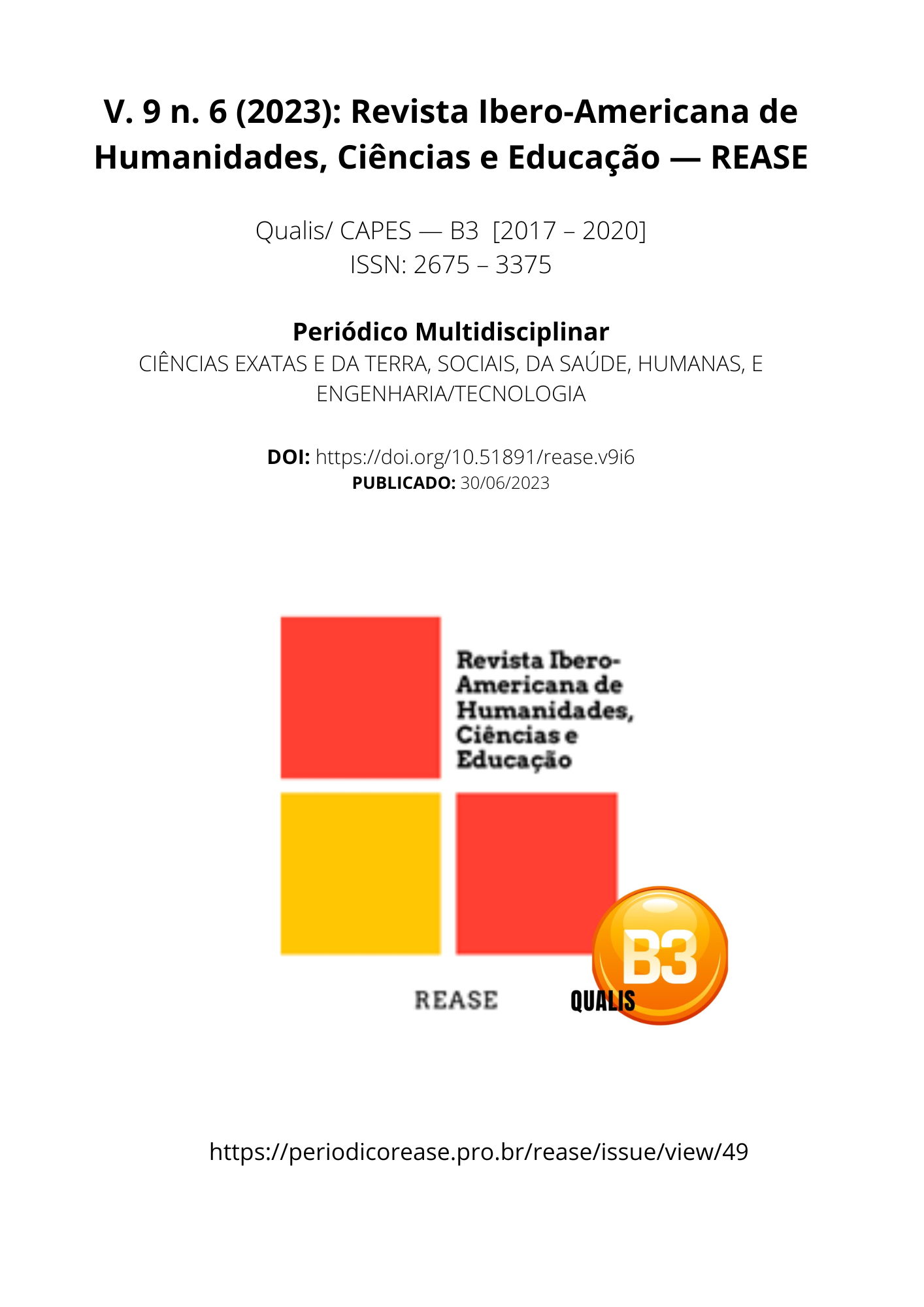ULTRASOUND AS A WAY TO DIAGNOSE SCALING DISEASES
DOI:
https://doi.org/10.51891/rease.v9i6.10441Keywords:
Dermatological ultrasound. Imaging diagnostics. Skin desquamative diseases.Abstract
Ultrasound is a non-invasive form of diagnosis that has been widely used in the field of desquamative skin diseases. It provides detailed information about the structural features of the skin, allowing the identification and assessment of changes associated with these conditions. The use of ultrasound in the diagnosis of desquamative diseases offers several advantages. It allows real-time visualization of skin layers, including the epidermis and dermis, revealing features such as epidermal thickening, inflammation, hyperkeratosis and changes in vascularity. Additionally, ultrasound can aid in differentiating between similar conditions, providing additional information that aids in the differential diagnosis. Monitoring disease progression is another important application of ultrasound. It allows the monitoring of changes in the skin over time, assessing the response to treatment and identifying possible early complications. This assists in making therapeutic decisions and adapting treatment as needed. Correlation of sonographic findings with clinical and histological findings is critical for accurate and complete interpretation of desquamative diseases. This correlation validates the sonographic findings and establishes the relationship between the features seen on the ultrasound, the clinical signs and symptoms and the underlying histological changes. clinical examination and biopsy. Interpretation of ultrasound results requires specialized knowledge and experience in the field, in addition to considering the clinical and historical characteristics of the patient. In summary, ultrasound is a useful and valuable tool in diagnosing scaly skin conditions. It provides detailed information about structural features of the skin, aids in differential diagnosis, monitors disease progression, and validates clinical findings. The proper use of ultrasound, combined with other diagnostic methods, can contribute to a more accurate diagnosis and a more targeted therapeutic approach.
Downloads
Downloads
Published
How to Cite
Issue
Section
Categories
License
Atribuição CC BY

